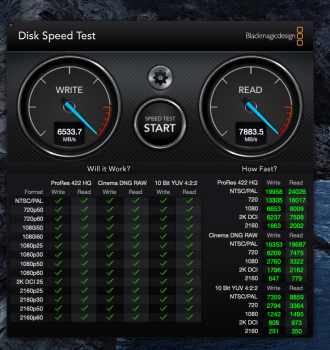I wanted to let the forum know what I found out from Amfletec about the new Squid PCIe gen 3 carrier board for up to 6 m.2 modules (SKU-086-36). This one is using a PEX8748 (48 Lane, 12 port PCIe gen 3 [8GT/s] switch). Aside from that, I found out it's expensive... I was quoted $768.45 USD not including shipping. As an owner of the Squid gen 2 (quad m.2 carrier), I can tell you that they are well built and dependable performing cards. I forgot to ask them about the "Real-Time performance and temperature monitoring via USB connection" feature. I analyzed the photos but don't see the USB port anywhere. It must be on the board somewhere. I'm also curious about what software will be used for this monitoring and how the fans speeds are controlled. They don't really explain it in detail but I'm thinking they may have developed some software for this. I highly doubt it will be as feature rich as the Highpoint NVMe Manager webGUI, but it's a step in the right direction for Amfletec.


